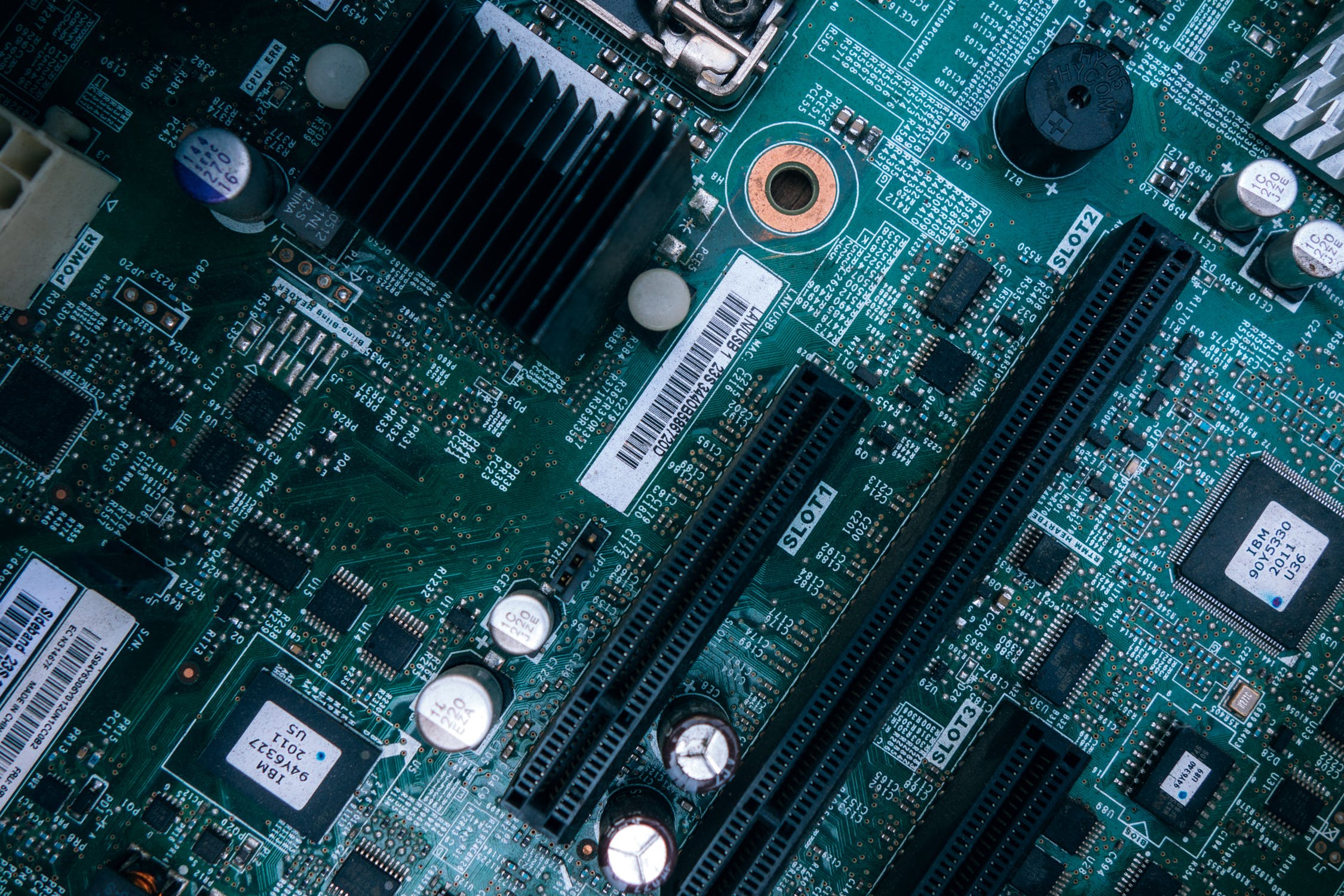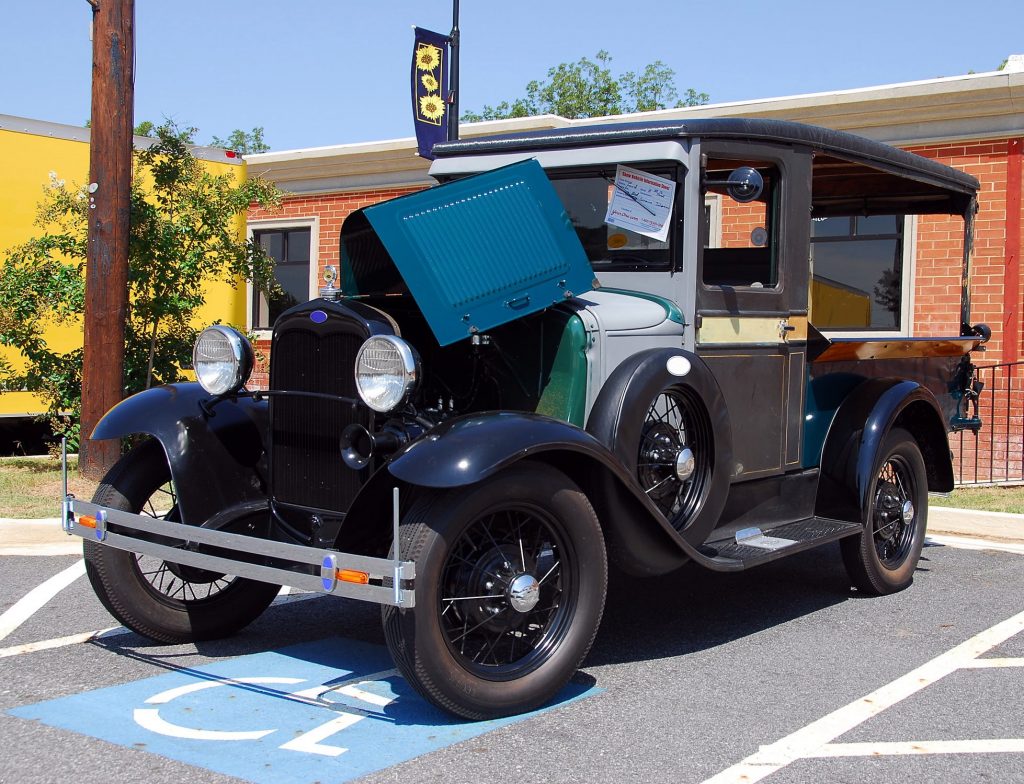
14 May The Evolution of Assembly Lines
Assembly Lines have come a very long way; from Henry Ford to artificial intelligence and machine learning, assembly automation has gone through a transformative period over the last century. The assembly line is one of the greatest advancements in technology and has radically changed the way that many important things – such as cars, mechanical parts, computers, planes, etc. – are made. The evolution of assembly automation is exciting and interesting to see; we’ll take a brief look at the history of assembly lines and what is on the horizon for future technologies.
The Evolution of Assembly Automation
While Ford is often credited with the first automotive assembly line, a more fitting title would have to be “the father of mass-produced automobiles”. The first automotive assembly line actually came from Ransom Olds – the Oldsmobile brand – in 1901. This new manufacturing and assembly process allowed Olds’ output to increase by 500% in one year, with nearly 20 cars rolling off the line each day. For this time, this level of production was unheard of.

Unfortunately for Olds, Henry Ford dramatically improved upon this idea by utilizing a series of moving platforms, otherwise known as a conveyor system. The vehicle was towed by a rope attached to the chassis of each vehicle, which allowed workers at each station to quickly assemble the parts they were responsible. This method allowed production of a Model T in about 90 minutes; during one of Ford’s best years using this method, about two million automobiles rolled off of the assembly line.
The Importance of Assembly Lines
There are a number of reasons why assembly lines are so important and beneficial to society. For starters, before assembly lines, workers were often tasked with the same, repetitive, and mundane task for hours upon hours each day. This led to a large degree of worker dissatisfaction and mental drudgery. From a manufacturer’s standpoint, the worker’s physical and mental degradation inevitably leads to decreased work output and productivity. Worker dissatisfaction led to innovations in the field, such as Olds’ and Ford’s assembly lines, as well as the nearly fully-automated assembly lines we see today.
This increase in technology, despite what many say, has actually led to an increase in the skill of plant workers and the number of jobs available in the sector. For example, the company Rethink Robotics designed a robot named Baxter, which is a low-cost and user-friendly machine capable of operating at $3 an hour and vastly improving efficiency and work productivity. Technology like this has led to the creation of 3-5 million new jobs and has allowed the U.S. to be about 3 times as efficient and productive as China. Workers are now, instead of being trained in short, repetitive, and mundane tasks, being trained in the complex operation, maintenance, and design of these sophisticated systems.

Innovations in Assembly Lines
Artificial intelligence and machine learning continue to be implemented into existing assembly system architecture to further improve upon old technology. Machine learning is simply the study of models and algorithms that can be implemented into computer systems; these algorithms attempt to teach a machine a specific task with specific instructions; rather, the machine must rely on inference and patterns instead.
Traditionally, each automated machine in an assembly line has a specific instruction – or task – to be performed. Each machine must be programmed for a specific instruction, such as drilling a hole, punching a rivet, etc. With machine learning and artificial intelligence, the end result of a task can be programmed, such as the size and depth of a drilled hole; then, the machine will decide which drill-bit to use, how far to drill the hole, and calculate the drill speed by itself. As we continue to move through time, fully automated assembly lines will become more and more commonplace and effective.
Assembly Machine Design South Florida
Automation Tech Support is a full-service machine design facility in Boynton Beach, Florida. We can create anything from small fixtures to full-on automated assembly systems. If you need a CNC machining service in South Florida, don’t hesitate to reach out. We are here for all your machine services. Automation Tech Support is a Full-service tool engineering company that can completely design and build any type of automated assembly machines/systems involving complex robotic automation and the latest in CNC machining technology. Give us a call at (561) 286-7417 or visit our contact page to get in touch with our team.


Sorry, the comment form is closed at this time.